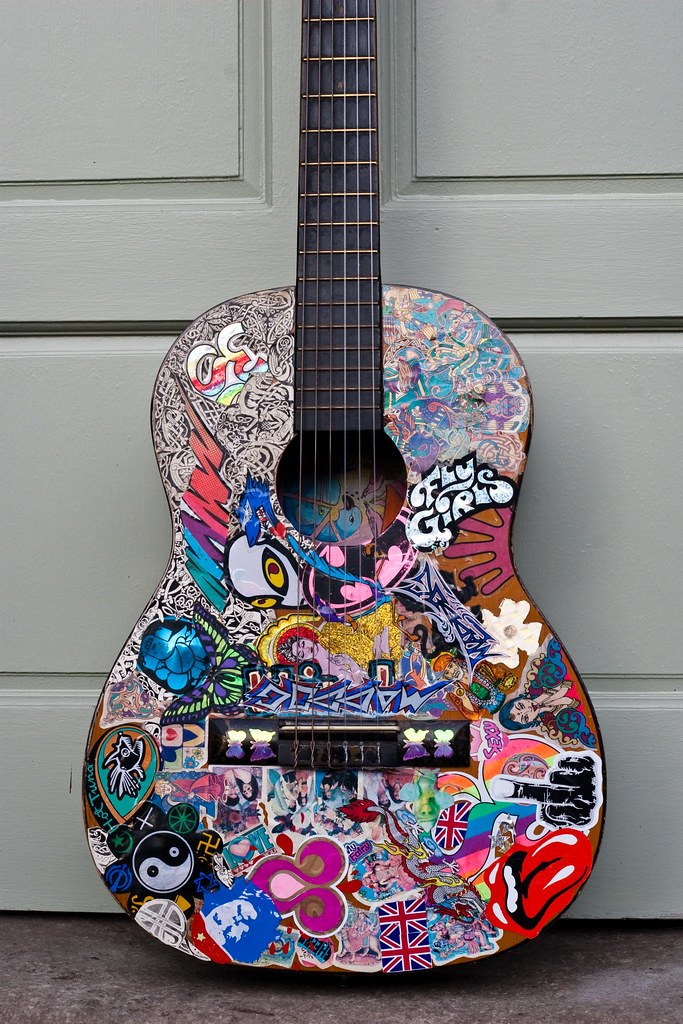If you enjoy smoking herb or tobacco, you might want to invest in a glass bong to enhance your experience. A glass bong is a water pipe that filters and cools the smoke, making it smoother and tastier. But with so many shapes and sizes of glass bongs available, how do you choose the right one for you? In this blog post, we will guide you through some factors to consider when buying a glass bong, such as the size, the design, the percolators, the joint and the bowl. We will also recommend some of our favorite glass bongs from reputable online shops.
Size Matters
The size of your glass bong affects not only its portability and discretion, but also its performance and ease of use. Generally speaking, there are three main categories of glass bong sizes: mini, medium and large.
-
Mini bongs
are ideal for on-the-go smoking, as they are easy to carry and store. They also provide powerful hits for a small device, as the smoke is less diluted by water. However, mini bongs may also be harsher on your throat and lungs, as they have less cooling and filtration. They are also not very suitable for social smoking sessions, as they have smaller bowls and chambers. Mini bongs are usually between 4 to 10 inches tall, with an average of 7 inches. -
Medium bongs
are the most common and versatile choice for most smokers. They offer a balance between portability and performance, as they are not too bulky or too small. They also provide smoother and tastier hits than mini bongs, as they have more water and percolators to filter the smoke. They are great for solo or group smoking sessions, as they have larger bowls and chambers. Medium bongs are usually between 8 to 16 inches tall. -
Large bongs
are the best option for experienced smokers who want to get the most out of their herb or tobacco. They offer the smoothest and most flavorful hits, as they have plenty of water and percolators to cool and filter the smoke. They also produce huge clouds of smoke, which can be very satisfying for some smokers. However, large bongs are also the most expensive and difficult to maintain, as they require more water, cleaning and storage space. They are also not very portable or discreet, as they are bulky and eye-catching. Large bongs are usually over 16 inches tall.
Design Matters
The design of your glass bong affects not only its appearance and style, but also its functionality and durability. There are many types of glass bong designs, but we will focus on the most popular ones: straight tube, beaker base, round base and recycler.
-
Straight tube bongs
are the simplest and most classic type of glass bongs. They have a straight cylindrical shape that goes from the mouthpiece to the base. They are easy to use and clean, as they have a simple structure and no curves or bends. They also provide quick and direct hits, as the smoke travels straight up from the bowl to the mouthpiece. However, straight tube bongs may also be unstable and prone to tipping over, as they have a narrow base. -
Beaker base bongs
are similar to straight tube bongs, but they have a wider base that resembles a laboratory beaker. They are more stable and less likely to tip over than straight tube bongs, as they have a larger base that supports the weight of the water and the smoke. They also provide smoother hits than straight tube bongs, as they have more water volume to cool and filter the smoke. -
Round base bongs
are similar to beaker base bongs, but they have a spherical base instead of a conical one. They are also stable and smooth-hitting like beaker base bongs, but they have a more elegant and sleek look. However, round base bongs may also be harder to clean than beaker base bongs, as they have more curves and angles. -
Recycler bongs
are the most advanced and complex type of glass bongs. They have two chambers that connect with tubes or pipes. The smoke travels from the first chamber to the second chamber through a tube or pipe, where it is filtered and cooled by water. Then, the water travels back to the first chamber through another tube or pipe, where it is recycled and ready to filter more smoke. This process repeats until the smoke is cleared from the bong. Recycler bongs provide the smoothest and most flavorful hits, as they have multiple levels of filtration and cooling. They also prevent water from splashing into the mouthpiece, as the water is constantly circulating. However, recycler bongs are also the most expensive and difficult to clean, as they have many parts and components.
Percolators Matter
The percolator is the part of the glass bong that creates bubbles and diffuses the smoke. The more bubbles and diffusion, the smoother and tastier the hit. There are many types of percolators, but we will focus on the most common ones: showerhead, tree, honeycomb and matrix.
-
Showerhead percolators
are shaped like a showerhead, with a tube that widens into a disc with slits or holes. They create a lot of bubbles and diffusion, as the smoke passes through the slits or holes and breaks up into smaller streams. They are easy to clean and maintain, as they have a simple structure and no clogging issues. -
Tree percolators
are shaped like a tree, with a central tube that branches out into multiple arms with slits or holes at the ends. They create even more bubbles and diffusion than showerhead percolators, as the smoke passes through multiple arms and slits or holes. They are also aesthetically pleasing and fun to watch, as they resemble a tree with leaves. However, tree percolators are also fragile and prone to breaking, as they have many thin arms that can snap off easily. -
Honeycomb percolators
are shaped like a honeycomb, with a disc that has many small holes. They create the most bubbles and diffusion of all percolators, as the smoke passes through hundreds of tiny holes and becomes very fine and smooth. They are also very efficient and easy to clean, as they have no moving parts or clogging issues. However, honeycomb percolators may also create too much drag or resistance, as they have a lot of surface area that slows down the airflow. -
Matrix percolators
are shaped like a matrix, with a disc that has many vertical and horizontal slits or holes. They create a balance between bubbles and diffusion, as the smoke passes through multiple slits or holes in different directions. They are also very versatile and compatible with other percolators, as they can be stacked or combined to create more filtration and cooling.
Joint and Bowl Matter
The joint is the part of the glass bong that connects the bowl to the downstem. The bowl is the part of the glass bong that holds the herb or tobacco. The joint and the bowl affect not only how much herb or tobacco you can pack, but also how much air you can pull through.
The joint and the bowl have either male or female anatomy, meaning they fit into or over each other. They also come in three standard sizes: 10mm, 14mm and 18mm. The size of the joint and the bowl determines how much airflow you can get from your glass bong.
-
10mm joints and bowls
are the smallest size available, and they provide the least airflow. They are suitable for concentrates or small doses of herb or tobacco, as they produce intense but harsh hits. They are also very portable and discreet, as they fit into most pockets or bags. -
14mm joints and bowls
are the most common size available, and they provide a moderate airflow. They are suitable for most types of herb or tobacco, as they produce smooth but potent hits. They are also very versatile and compatible with most glass bongs and accessories. -
18mm joints and bowls
are the largest size available, and they provide the most airflow. They are suitable for large amounts of herb or tobacco, as they produce huge but flavorful hits. They are also very powerful and satisfying for experienced smokers.
Our Recommendations
Now that you know some factors to consider when choosing a glass bong, here are some of our recommendations for different sizes and designs of glass bongs:
-
If you want a mini bong that is portable, powerful and easy to use, we recommend this
9 Inch Beaker Bong by Diamond Glass
. It





